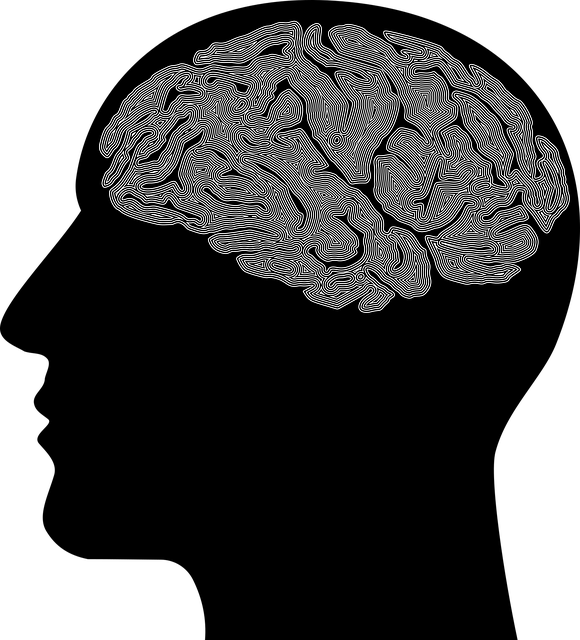Parker Psychosis Therapy employs a comprehensive risk assessment strategy to create safe, supportive environments, focusing on proactive harm minimization. By identifying individual vulnerabilities through mental wellness journaling and evaluating psychological triggers, therapists tailor interventions for emotional regulation and impulsive behavior reduction. Their holistic approach includes community engagement, early intervention, crisis management, and long-term mood stabilization, combining evidence-based practices like social skills training to foster resilience. Continuous evaluation ensures personalized care, adapting treatment plans based on progress, for unique mental health journeys towards recovery and well-being.
Risk assessment and harm minimization planning are essential components of safe practice in mental health care, particularly within the context of Parker Psychosis Therapy. This article explores a structured approach to understanding risk assessment as a foundational step towards creating a comprehensive harm minimization plan. We delve into identifying potential harms and vulnerabilities, developing effective strategies, implementing risk management techniques, and emphasizing continuous evaluation for adaptation in Parker Psychosis Therapy.
- Understanding Risk Assessment: A Foundation for Safe Practice
- Identifying Potential Harms and Vulnerabilities
- Developing a Comprehensive Harm Minimization Plan
- Implementing Strategies for Effective Risk Management
- Continuous Evaluation and Adaptation in Parker Psychosis Therapy
Understanding Risk Assessment: A Foundation for Safe Practice

Understanding Risk assessment is a cornerstone for any practice aiming to prioritize safety and harm minimization, especially in therapeutic settings like Parker Psychosis Therapy. It involves a systematic process of identifying potential hazards and evaluating their likelihood and potential impact. By thoroughly assessing risks, therapists can implement effective strategies to mitigate dangers, ensuring a secure environment for clients. This proactive approach not only protects individuals but also fosters trust and strengthens the therapeutic bond.
A key component of this foundation is recognizing that risk isn’t always inherent in human experiences; it’s often influenced by individual factors and situational nuances. The Stress Management Workshops Organization emphasizes the importance of understanding these variables to tailor risk assessment. Mental Wellness Journaling Exercises and Compassion Cultivation Practices can also aid therapists in recognizing subtle indicators of elevated risk, allowing for timely interventions. This holistic view, coupled with evidence-based guidance, empowers professionals to navigate complex situations effectively.
Identifying Potential Harms and Vulnerabilities

Identifying potential harms and vulnerabilities is a critical step in risk assessment for any therapeutic endeavor, including Parker Psychosis Therapy. This process involves a thorough exploration of an individual’s psychological landscape to uncover areas of distress, weaknesses, or factors that could escalate existing issues. By employing techniques such as Mental Wellness Journaling Exercise Guidance, therapists can aid clients in recognizing triggers and patterns contributing to their mental health challenges. This proactive approach enables the development of targeted strategies for harm minimization.
Emotional Regulation plays a pivotal role in mitigating risks. Through structured interventions, clients learn to manage intense emotions, reducing the likelihood of impulsive or harmful behaviors. Additionally, focusing on Burnout Prevention is essential, as it addresses the potential for prolonged stress and fatigue to exacerbate psychological vulnerabilities. By integrating these practices into therapeutic planning, Parker Psychosis Therapy aims to not only treat current symptoms but also empower individuals with resilience tools to navigate future challenges effectively.
Developing a Comprehensive Harm Minimization Plan

Developing a Comprehensive Harm Minimization Plan is a multifaceted process that involves careful assessment and strategic planning. At Parker Psychosis Therapy, we understand that addressing potential harm requires a holistic approach, considering not just individual needs but also community context. This means looking beyond traditional therapy models to incorporate innovative strategies such as Community Outreach Program Implementation. By engaging with the community, our programs aim to foster support networks and promote mental wellness through various initiatives aimed at Anxiety Relief.
A robust plan should include components for risk identification, early intervention, crisis management, and long-term mood management. It’s not just about preventing harm but also equipping individuals and communities with tools to navigate challenges effectively. Through collaborative efforts and a tailored approach, we can create environments that encourage resilience and support the well-being of all involved, ultimately reducing the impact of potential harms.
Implementing Strategies for Effective Risk Management

Implementing strategies for effective risk management involves a multi-faceted approach that goes beyond mere identification and assessment. At the core of successful harm minimization planning lies the integration of proven therapeutic techniques, such as Parker Psychosis Therapy, which targets the root causes of risky behaviors. This holistic strategy ensures that individuals not only understand their vulnerabilities but also gain access to empowering tools like confidence boosting and positive thinking exercises, fostering a more resilient mindset.
Additionally, Social Skills Training plays a pivotal role in enhancing interpersonal dynamics and communication, addressing potential social triggers that may contribute to harmful actions. By combining these evidence-based interventions, individuals equipped with both practical risk management skills and emotional resilience can navigate challenging situations more effectively, paving the way for lasting positive change.
Continuous Evaluation and Adaptation in Parker Psychosis Therapy

Parker Psychosis Therapy emphasizes the importance of continuous evaluation and adaptation to ensure effective treatment. This dynamic approach acknowledges that every individual’s mental health journey is unique, evolving, and influenced by various factors. Therapists play a pivotal role in regularly assessing clients’ progress, identifying areas of improvement, and modifying treatment plans accordingly. By doing so, they foster an environment conducive to growth and recovery.
Through ongoing monitoring, therapists can gauge the effectiveness of coping skills development, conflict resolution techniques, and confidence-boosting strategies. This process allows for tailored interventions, ensuring that clients receive the most suitable support at every stage of their healing. Such adaptability in Parker Psychosis Therapy underscores its commitment to personalized care, ultimately enhancing the overall success of the treatment regimen.
Risk assessment and harm minimization planning are essential components of any therapeutic practice, particularly in complex conditions like Parker Psychosis Therapy. By understanding risks, identifying vulnerabilities, and developing comprehensive strategies, therapists can ensure a safer environment for both clients and themselves. Effective implementation and continuous evaluation ensure that practices remain dynamic and adapted to emerging challenges. This holistic approach not only enhances the outcomes of therapy but also fosters a more secure and supportive therapeutic journey, central to the success of Parker Psychosis Therapy.








